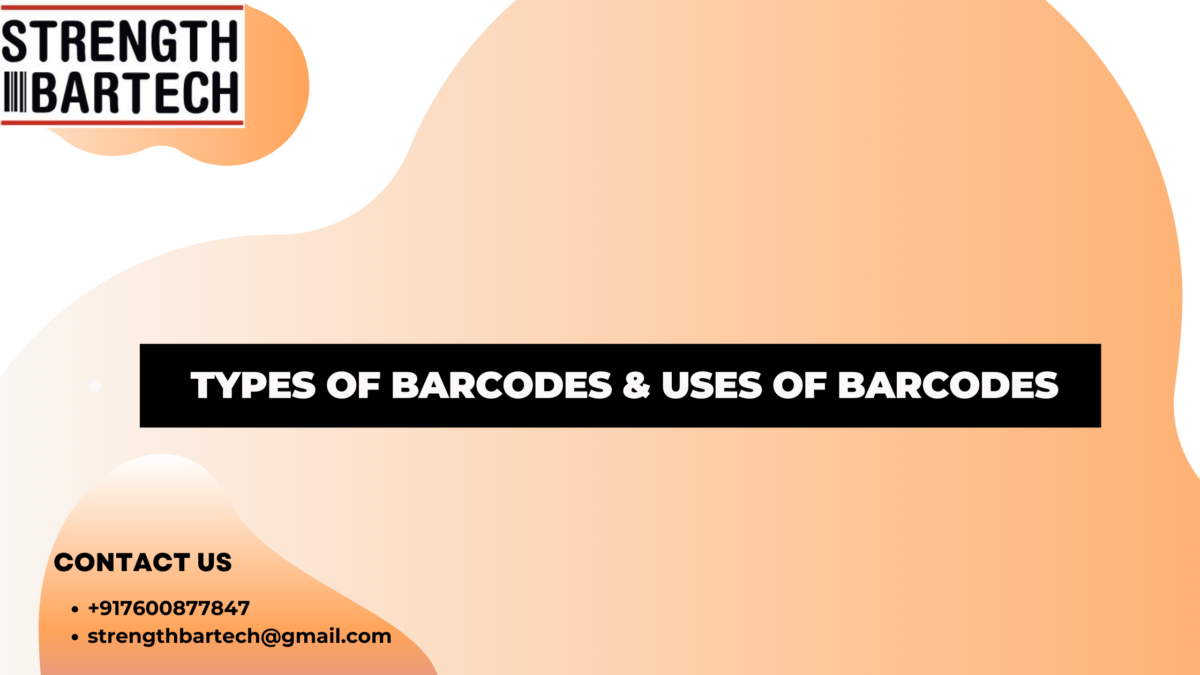Extreme temperature is a major challenge when it comes to professional labeling. If you deploy a label without the proper protection, you risk jeopardizing its intended purpose.
That’s why heat-resistant printable labels are the ideal solution for high-temperature application. In this guide, we’ll show you everything there is to know about heat-resistant labels, including how they work, where to use them and what you should look for in a durable label.
An introduction to heat-resistant labeling
Heat-resistant labels can handle both hot and cold temperatures, making them perfect for tough environments. They’re designed to protect your labels so they can keep doing their job well.
Having durable labels means they’ll last longer and you won’t have to keep replacing them all the time. Ordinary labels wear out quickly, costing you more money in the long run.
When you think about how ordinary labels don’t last, it’s clear why durability is so important.
Challenges of non-durable labels
Weak paper labels face challenges in extreme temperatures. Here are some problems they can cause:
In humid places, the labels can get wet, making them harder to stick and more likely to come off. If you’re using barcode labels, moisture can make them unreadable by scanners.
In freezing temperatures, the ink on the labels might smudge.
In very hot conditions, the labels could burn or melt, so you can’t read them anymore.
If a label gets lost due to extreme weather, it can mess up important tasks.
If labels get messed up, it might break rules, risking fines for the business.
How do tough labels that can handle heat work?
Heat-resistant durable labels work because they’re printed on a special material called polyethylene laminate. This layer of film protects the label from getting damaged by heat, cold, sunlight, water, chemicals, and rubbing.
So, it’s not just about handling temperature changes, but also about staying safe from other things like sunlight, water, chemicals, and scratches.
Ways to use a label that can handle heat: Examples from different industries
In various work settings, strong labels are needed. Here are some examples showing how different industries use heat-resistant labels:
1. Electrical wiring: Labels that can handle heat are crucial for marking cables or wires that are exposed to heat. Heat shrink sleeves protect labels well while still keeping them easy to read.
2. Retail and hospitality: Australian rules require food labels to be easy to read. In places like restaurants and shops where food is stored in cold or heated, durable labels are a must to follow the rules and identify products.
3. Healthcare: Labels in hospitals and clinics need to last. From labels on test tubes to equipment, they have to work in cold storage or when equipment is sterilized.
4. Logistics: In shipping, labels might face any temperature. Whether it’s warning labels or barcodes, they need to stick even in extreme conditions like cold storage.
How to pick the right label:
To help you pick the best labels for your business, here are some questions to think about:
– Where are you putting the labels? Think about what surface they’ll be on and what might happen to them. Will they get really hot or cold? Will they be near chemicals, water, or get rubbed a lot? This helps you figure out how tough your labels need to be.
– Why do you need the labels? What are they for? Do they need to meet certain rules, or is it about keeping things safe? Knowing why you’re using the labels helps you decide if you need extra protection.
– How long do you want the labels to last? Decide if you need them to stick around for a short time or a long time. The longer they need to last, the tougher they need to be.
Once you’ve thought about these questions, you’ll see that having tough labels is important. That’s why our TZe label tapes are tested to handle extreme temperatures, light, chemicals, water, and getting rubbed. With strong adhesive and seven layers of protective material, TZe tapes can handle temperatures from really cold to really hot.
If you want to know more about our labels that can handle heat, get in touch with us today.










